In the key of C major Pachelbel's Canon is: C G Am Em F C F G. This is a I V VI III IV I IV V in harmonic analysis notation. In Nashville Numbering it's 1 5 6 3 4 1 4 5. It is a full diatonic progression with all the chords coming from it's parent major scale. A bit of a varaition of the Four Chord Pop progression.
In the key of C major Pachelbel's Canon is: C G Am Em F C F G. This is a I V VI III IV I IV V in harmonic analysis notation. In Nashville Numbering it's 1 5 6 3 4 1 4 5.
C G Am Em F C F G
1 5 6 3 4 1 4 5
Pachelbel's Canon is a full diatonic progression with all the chords coming from it's parent major scale. A bit of a variation of the famous Four Chord Pop chord progression. Or, should we say the famous Four Chord Pop Progress is derived from Pachalbel's Canon. Some food for thought.
Pachelbel's Canon is the name commonly given to a canon by the German Baroque composer Johann Pachelbel in his Canon and Gigue for 3 violins and basso continuo. It is his most famous composition. It was originally scored for three violins and basso continuo and paired with a gigue (dance). Both movements are in the key of D major.
Pachelbel's Canon combines the techniques of canon and ground bass. Canon is a polyphonic device in which several voices play the same music, entering in sequence. In Pachelbel's piece, there are three voices engaged in canon, but there is also a fourth voice, the basso continuo, which plays an independent part.
Example Songs
- The Who - Pictures of Lily (the chorus)
- The Beatles - In My Life (the piano break)
- Bee Gees - Spicks and Specks
- Petula Clark - Don't Sleep In The Subway
- David Bowie - Changes
- David Bowie - All the Young Dudes
- Oasis - Whatever
- The Monkees - It's Not Too Late
- Green Day - Basket Case
- Vitamin C - Graduation Friends Forever
- Dennis Lambert & Brian Potter - One Tin Soldier
- Belle & Sebastian - Get Me Away From Here, I'm Dying
- My Chemical Romance - The Black Parade
- Blues Traveler - Hook
- The Polyphonic Spree - Light And Day / Reach for the Sun
- Coolio - C U When U Get There
- Joe Jackson - Hometown
- Tupac - Life Goes On
- Therapy Sisters - Pachelbel's Tantrum
- The Farm - All Together Now
- First Class - Beach Baby
- Traditional - My Jesus I Love Thee
- Mary-Kate and Ashley - Imagine
- Relient K - Operation
- The Farm - All Together Now
- The Polyphonic Spree - Section 9
- Happa-tai - Yatta
- Delerium - Paris
- Aphrodite's Child - Rain and Tears
- Lutricia McNeal - Rise
- Menelik - Je Me Souviens
- Libera - Sanctus
- Ozone - Dragostea Din Tei
Additional Song
Related Lessons, Videos, Lesson Series, Songs, Books & Reference Charts, Resources & Assets, Workshops are below.
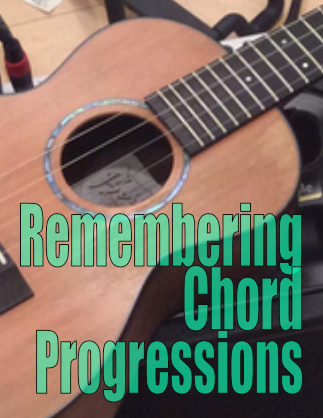
Listening to songs and wanting to play the same songs on ukulele – that's what draws most people to the ukulele. That and it looks like a load of fun and easy to play – which it is. Then you need to actually remember the songs that you're learning, so you can play them again. And, hopefully, not have to read them off a sheet all the time.
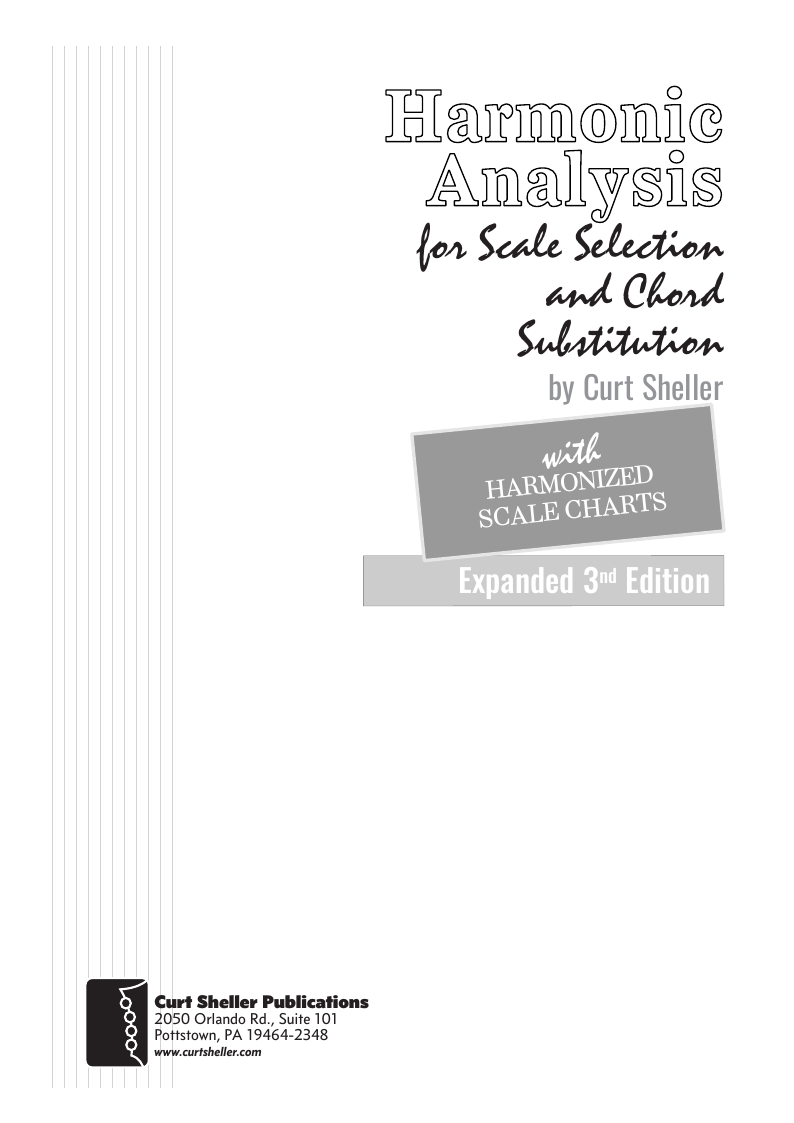
Harmonic Analysis ( HA ) is the process used to determine the harmonic function of chords within a chord progression. A chord progression is defined as a sequence of chords, each chord has a root and has a particular chord type. The relationship of a chord's root to a scale determines its function within that scale's tonality. Once a chord's function is identified, scale selections along with chord and scale substitutions can be made. This process is called Root Movement Analysis ( RMA ). This series of lessons are extracted from my book for use with individual private and on-line students. Each lesson directly corresponds the chapters in my book Harmonic Analysis for Scale Selection and Chord Substitution by Curt Sheller (me).
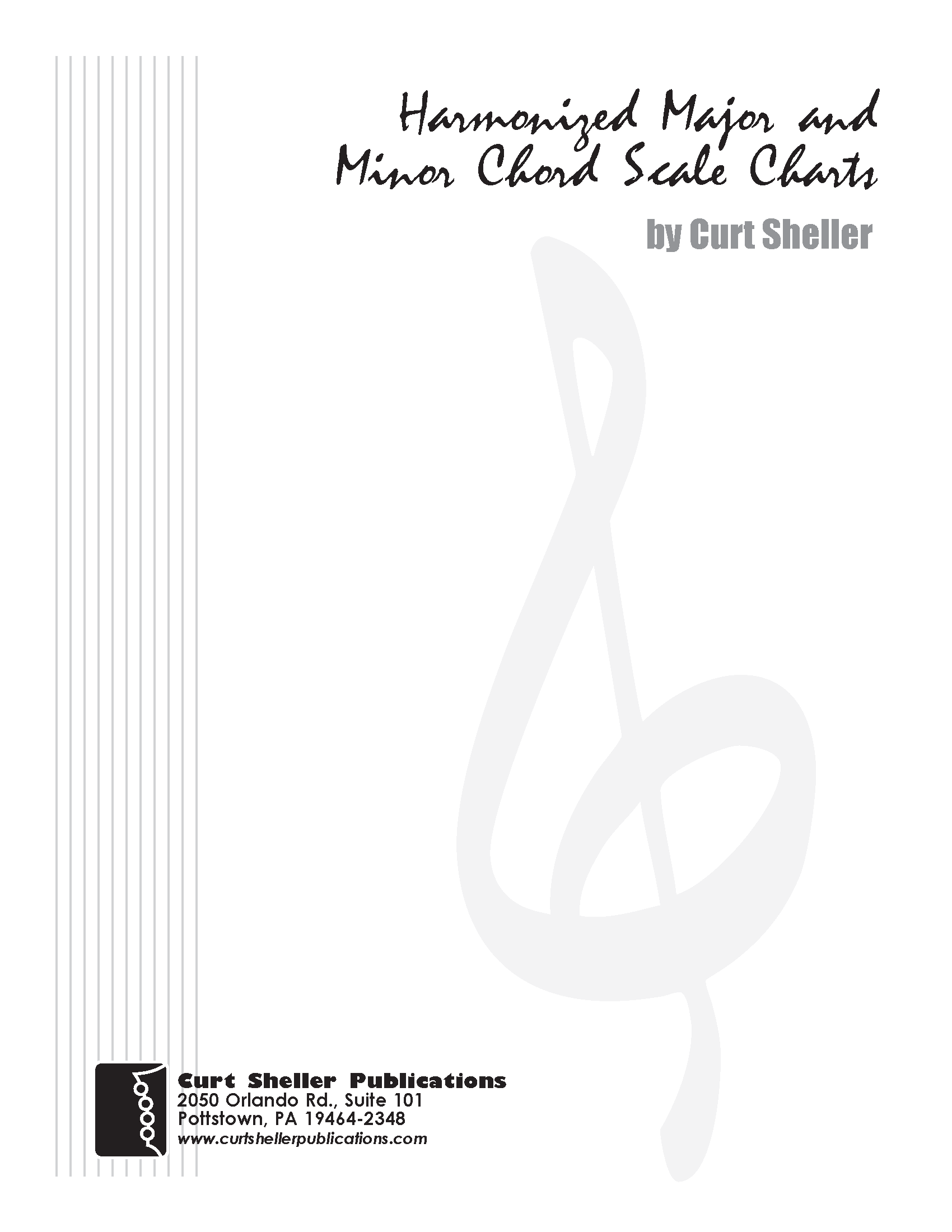
The "Major Scale" or Ionian scale is a diatonic scale, made up of seven distinct notes, plus an eighth which duplicates the first one octave higher. In solfege these notes correspond to the syllables Do, Re, Mi, Fa, Sol, La, Ti/Si, (Do), the Do in the parenthesis at the end being the octave of the root.

Harmonic Analysis (HA), also known as the study of chord relationships, is the method used to identify the harmonic role of chords within a chord progression or song. A chord progression refers to a sequence of chords, with each chord having a root note and belonging to a specific chord type. The function of a chord within a particular scale's tonality is determined by its relationship to that scale.

Harmonic Analysis is the understanding of the functional sequence of chords. It is the process used to analyze the harmonic structure of a progression, song or composition. This analysis is then used to make scale selections for improvisation and chord substitution.

Finally, learn the names of the notes of the ukulele fingerboard in C tuning .

Learn the six fingering principles to navigating the ukulele fingerboard. Fingering is one of the most universal topics. Book: Six Secrets of the Ukulele Fingering

Harmonic Analysis is the understanding of the functional sequence of chords. It is the process used to analyze the harmonic structure of a progression, song or composition. Book: Harmonic Analysis for Scale Selection and Chord Substitution

Learn to read single note melodies in the first/open position is a lot easier than you might think. Book: Ukulele – Reading Music Series – Primer

An organized collection of daily practice and reference material for the contemporary ukulele player for developing the vocabulary and knowledge necessary for single note playing. Book: Daily Practice Material for the Contemporary Ukulele
Checkout the Books & Reference Charts for additional Handy, Dandy Reference Charts.

Ukulele Fingerboard Chart for C Tuning, Low or High G – G C E A

Ukulele Fingerboard Chart for G Tuning, Low or High A – D G B E

A handy reference chart of all 15 major and relative minor key signatures. US Letter 8.5 x 11 sized (ANSI-A), A4
Checkout the Books & Reference Charts for additional Handy, Dandy Reference Charts.




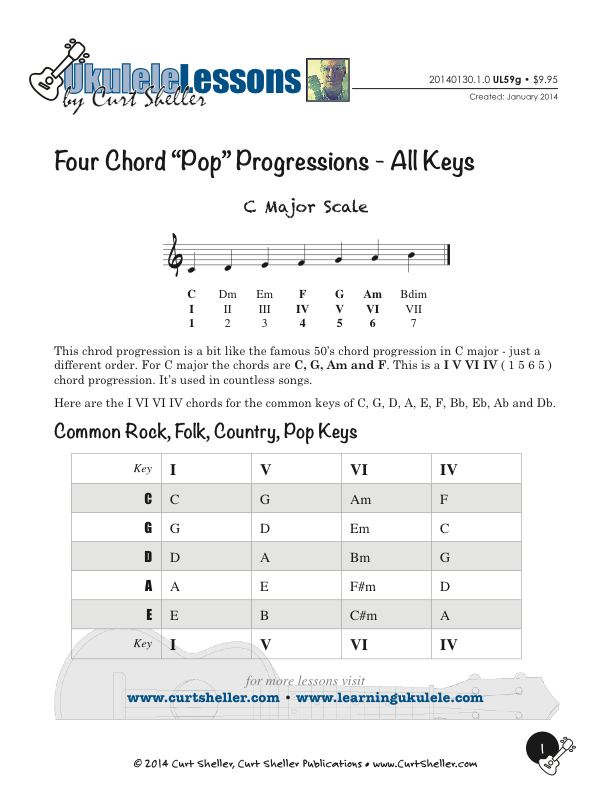
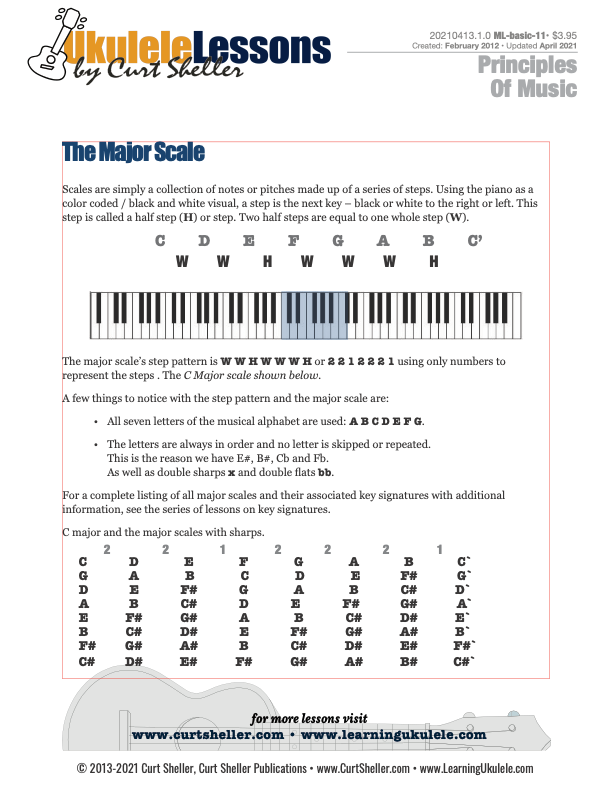
.jpg)